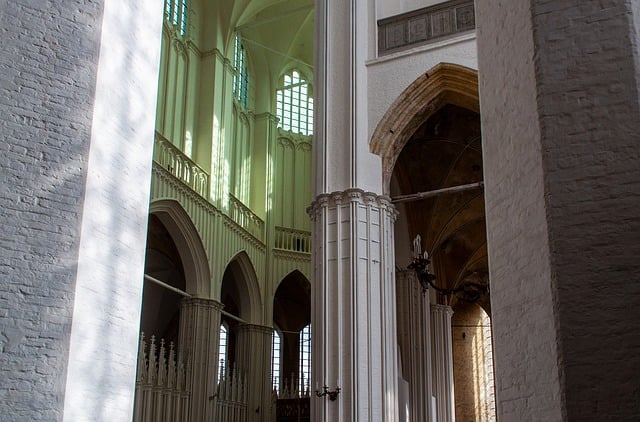
The Integration of IT and Architecture: Embracing Innovation in Hardware Design
The Integration of IT and Architecture: Embracing Innovation in Hardware Design
In a world where technology and design intermingle, the fusion of architecture and information technology (IT) has emerged as a powerful force in shaping our physical spaces and digital experiences. As we navigate this complex landscape, it’s essential to recognize how the integration of IT into architectural hardware design is not just a trend—it’s a paradigm shift that is redefining the essence of spaces we inhabit.
The architecture of our environments has always influenced how we live, work, and interact. From the grand structures that inspire awe to the intimate spaces that nurture creativity, the design choices we make have profound implications. With the advent of advanced technologies, architects and designers are now equipped to transcend traditional limitations, creating spaces that are not only aesthetically pleasing but also functionally superior.
The Role of IT in Shaping Modern Architecture
IT plays a pivotal role in the evolution of architecture, introducing tools and methodologies that enhance the design process. Sophisticated software for architectural modeling and simulation allows architects to visualize and optimize their designs in real time. This capability fosters collaboration among architects, engineers, and clients, ensuring that every aspect of a project is addressed before construction begins.
Moreover, the rise of information technology has made smart buildings a reality. These structures are equipped with sensors, connectivity, and automation tools that facilitate energy efficiency, security, and comfort. By integrating IT into architectural hardware, we can create environments that respond to the needs of their occupants, making daily life more convenient and enriching.
Embracing Innovation in Hardware Design
As we delve deeper into the complexities of modern architecture, innovation in hardware design becomes essential. The development of sustainable materials and modular components is at the forefront of this evolution. Coupled with IT advancements, these materials contribute to eco-friendly architecture, reducing environmental impact while enhancing the aesthetic appeal of structures.
Hardware design is also evolving through the influence of user experience (UX) principles. Architects are increasingly considering how the physical hardware of a building—lighting, heating, ventilation—affects the overall experience of the space. By applying IT and user-centric approaches, architects can ensure that each element serves a purpose and enhances the well-being of its users.
The Future of Architecture and IT Integration
Looking ahead, the potential for the integration of IT and architecture is limitless. With the advancement of artificial intelligence (AI) and machine learning, we can anticipate a future where buildings not only meet the needs of their occupants but also learn from them. This symbiosis between human dynamics and architectural design could redefine how we think about space, fostering environments that are adaptive, intelligent, and responsive.
As we embrace this innovative approach, it is crucial for architects and IT professionals to collaborate closely. This partnership can drive breakthroughs that not only enhance the functionality of our spaces but also contribute to a more sustainable and connected future for all.



